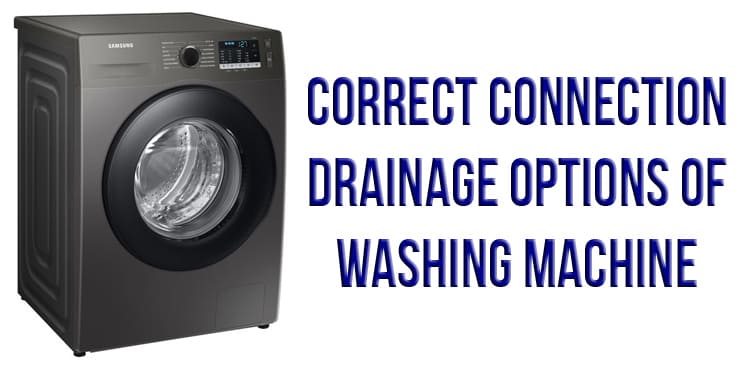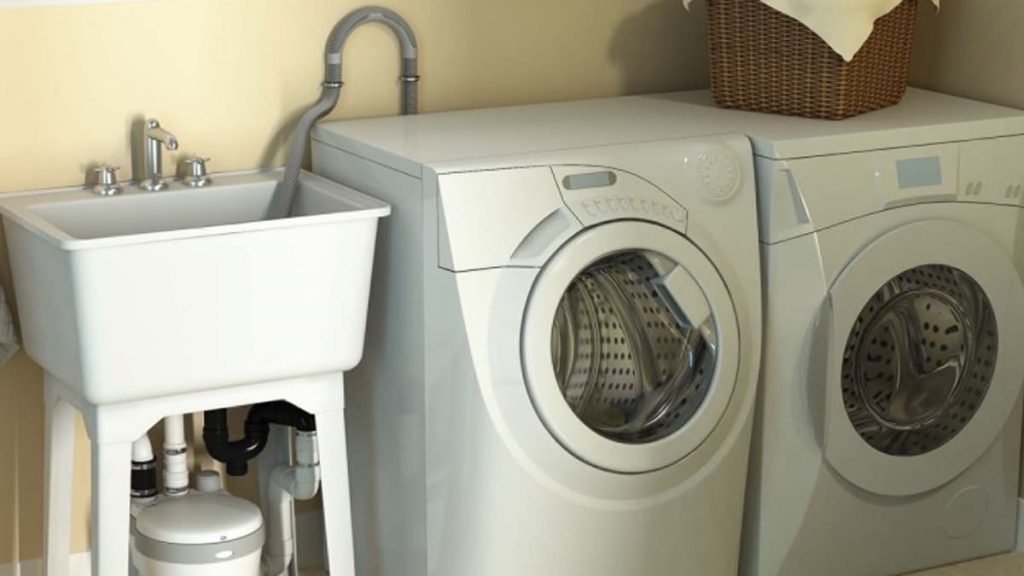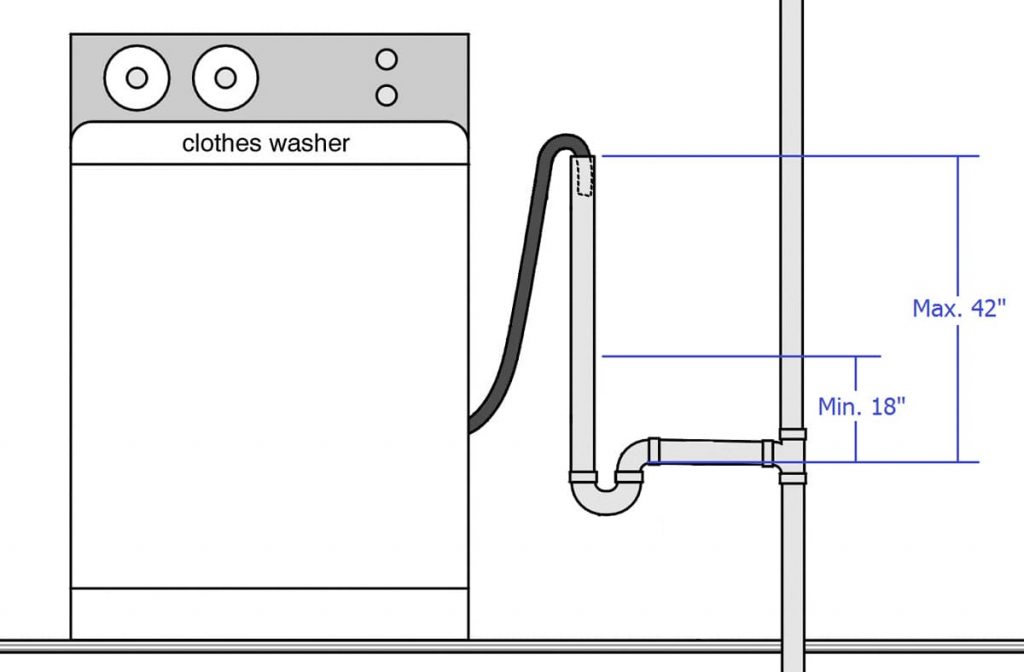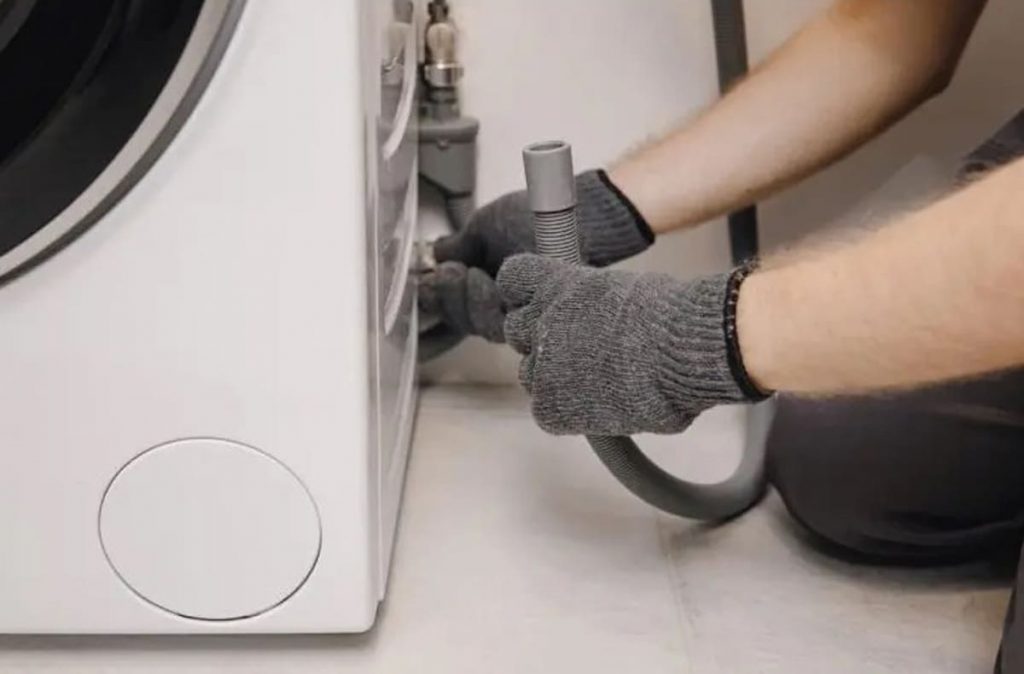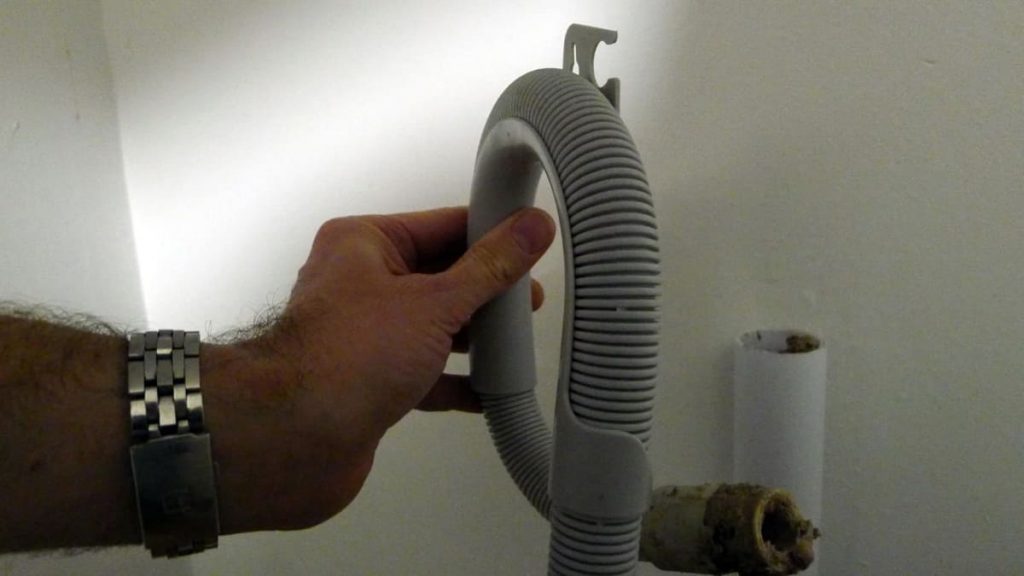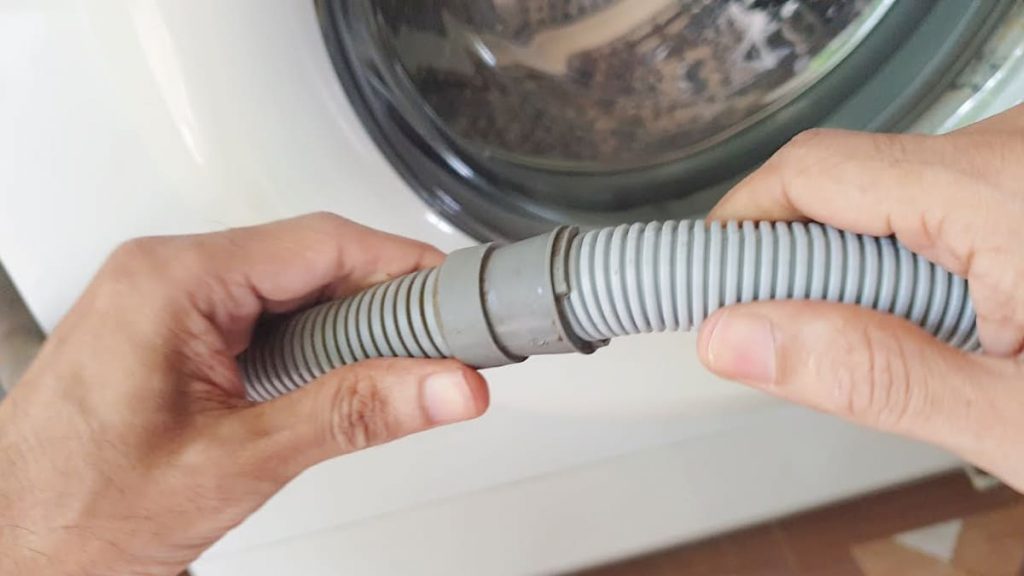For proper installation of the washing machine, it is important to understand that the height and location of the drain hose are of great importance. If you ignore these nuances, household appliances may soon begin to malfunction. Properly connecting the drain hose will save you from potential flooding in the apartment. The optimal location is at a level just above the washing machine itself. This will prevent siphoning. Consider the recommendations for proper installation of the drain hose to improve drainage and protect yourself from unpleasant situations.
Types of washing machine drain
To find out how to connect the drain correctly, you must first determine which type is selected for your machine. Different models can be connected permanently, cutting them into the plumbing system, or leave household appliances mobile, draining water into a bathroom or bath. Consider each of the options and find out what problems can arise with connecting the drain, and how to deal with them.
Draining into a bathtub or other container
One of the easiest drain options. The hose is simply thrown over the edge of the sink, bathtub, toilet bowl or into a separate container. But despite the working pump of the machine, water can poorly leave it.
The most common cause of this problem is a common blockage. You can remove the blockage with a plunger or try to do it yourself. If you plan to pump out the blockage with a plunger, then you need to pour a little water, and then get to work. A drainage auger is also suitable for this purpose. This will quickly remove the blockage from the drain pipe or hose.
Well, if the water leaves the machine, but it does not have time to go into the sewer, then there is a blockage in the pipeline. It can also be removed with a plunger. If there is no such device, you can pre-fill the detergent, leave it for a while, then spill it with very hot water.
Connecting the drain to the riser
A riser is a pipe that connects your washing machine’s drain pipe/hose to your home’s sewer. If you choose to connect the machine in this way, then save yourself from such problems as: water overflow and unwanted fumes from the sewer.
If the pump of the machine is working properly, but the water is not pumped out, the problem is most likely a blockage that has formed in the rubber drain hose. It is located at the back of the washing machine. It connects the riser to the equipment.
Clogs are usually caused by fibers and clothing debris. If it is not eliminated, then there is a risk of flooding the apartment. The least in this case is trouble in the form of a large puddle. But the consequences could be worse. You can flood your neighbors, or ruin your own repairs.
To remove the blockage, disconnect the rubber hose from the washing machine and blow it with air. A hard wire of the right length will also work, which will help push through the blockage and clear the drain hose. Another option is to simply replace the hose with a new one.
If after these manipulations the water is still not pumped out, most likely the problem is in the pump itself. You can replace it with a new one or invite a master to find out the cause and fix the breakdown.
Underground connection
The type of connection of a washing machine to an underground pipe is usually practiced in private and country houses. The machine drains directly into the underground sewer line. Connecting a drain in this way usually requires special tools and skills, so the work is trusted to specialists.
If the pipe connecting the machine to the underground line becomes clogged, it will not be easy to clear the blockage. You can independently try to find the place of blockage, starting from the riser, most often this particular element of the pipeline is clogged.
Before choosing this connection method, you need to understand that removing the blockage may require dismantling and repairing the coating. This will require a large amount. Therefore, this type of connection is considered not the most successful.
How high will the washing machine pump water?
To install the drain at the correct height, you need to know the capabilities of your washing machine. The performance of the pump depends on the height of the drainage pipe, and its power depends on the model of the washing machine.
On average, the flow rate during pumping water out of the machine with a pump is about 4.5 liters for every 30 cm of pipe – this is about 70 liters per minute. In this case, the drain pipe must be inside with a diameter of at least 3.8 cm.
Compact washing machines have less pump power, and can only pump water up to 1.5 m. If the drain is installed higher, it will most likely not be able to drain the water, which will cause problems with pumping.
It is also important that the drain is not too low, otherwise siphoning may occur. Therefore, it is worth installing a drainage pipe to a height of at least 75 cm.
How to keep the washing machine drain hose in place?
The drain hose pumps waste water out of the washing machine using a pump. If you do not make sure that the drainage is well and properly attached, there is a risk that it will detach and flood everything around.
With the help of a drain hose, you can quickly drain the water from the machine, but where it will drain depends on the owner, the layout of the house or apartment, and other factors. It is important to securely fasten the drain pipe immediately to avoid negative consequences in the future.
There are several ways to securely attach the drain hose, depending on how the drain for your washing machine is connected and where the water drains.
Laundry bath
To correctly and reliably install the drain for the tank, you need to know its height. The drain pipe must be no higher than 2.5 m, otherwise there is a risk that the wastewater will return. The end of the hose is attached by a curved edge to the edge of the laundry tub. The hose distance between the drain tank and the washing machine should be no more than 110-115 cm.
To prevent the hose from falling off and falling to the floor, you can use a plastic tie. You can attach it to the leg of the laundry tub, but not to the very bottom of the bathtub, as this will restrict the flow of water and it will not be pumped out.
Drain pipe
If the washing machine is connected to the pipeline, first of all, you need to make sure that the drain hose is above the water level in the machine. Between the base of the machine and the drain pipe, there should be no more than 2.5 m and no less than 45 cm.
The curved end of the hose must be lowered into the drain pipe, and then fastened around the edge of the clamp so that it is about 15 cm lower than the pipe. Next, a clamp is installed to hold the pipe securely. To do this, use zip ties or cable ties. When using for a long time, do not forget to check the connection, as it may loosen over time.
How to lengthen the drain hose of a washing machine?
If the layout does not allow you to connect the machine, because the drain hose does not reach, you can extend it yourself. To do this, you can buy a special extension hose, which is sold in specialized hardware stores or ordered online.
You can attach the hose extension using the clamps that usually come with it. If not, then use clamps or ties. You can find extension hoses of different lengths on sale, so you will definitely find the right one without any problems.
Before connecting the extension to the drain hose, first unplug your machine. Prepare a bucket or other container and a rag, because water may drip or pour out of the drain hose.
Reasons for overflowing the drain of the washing machine
If, at the end of the wash, the pump starts to pump out water, but the drain does not occur, but overflows, most likely there is a blockage in one of the elements. It can be in the drain hose, in the riser, in the sewer. Start checking each part in turn.
Do not ignore this problem, because the solution to it is quite simple. For this, you can use improvised suitable means (wire, screw, piston, etc.). If you are not sure that you can handle it yourself, it is better to entrust the work to a specialist. The master, with the help of special equipment and his knowledge, will quickly find the cause of the overflow of the drain, eliminate the existing blockage and return the drainage system to working capacity.
Conclusion
It is important to correctly connect the drain of the washing machine from the very beginning in order to avoid problems during operation in the future. Don’t forget to keep an eye on your washing machine. Clean the filters regularly to avoid blockages. If there are changes in the work, do not ignore them, call the master or try to fix the problem with our recommendations.
